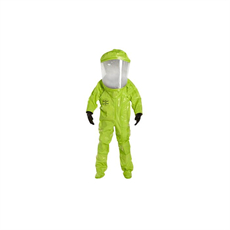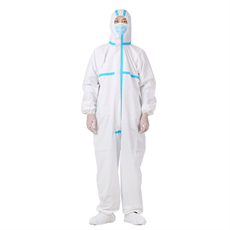Comfort and mobility are critical factors when it comes to surgical gowns. Surgical gowns are worn by healthcare professionals during surgical procedures to maintain a sterile environment and protect both the patient and the healthcare provider from cross-contamination. However, they must also allow for ease of movement and provide comfort to the wearer. Here are some key considerations for comfort and mobility in surgical gowns:
- Fabric Selection:
- Surgical gowns are typically made from non-woven or woven fabrics, such as polyester, cotton, or a combination of materials.
- The fabric should be breathable to prevent the buildup of heat and moisture, which can be uncomfortable during long procedures.
- It should also be lightweight to minimize fatigue and allow for ease of movement.
- Fit and Sizing:
- Surgical gowns should be available in various sizes to accommodate different body types.
- Proper sizing ensures that the gown fits comfortably without being too tight or too loose, which can impede movement or lead to discomfort.
- Design and Cut:
- The gown’s design and cut should allow for a wide range of motion, especially in the arms and shoulders, to enable surgeons and other healthcare providers to perform intricate tasks without restriction.
- Raglan sleeves, for example, are often used in surgical gown design as they provide better mobility compared to traditional set-in sleeves.
- Sleeve Style:
- Different gown styles may have varying sleeve lengths, such as short, three-quarter, or long sleeves.
- The choice of sleeve length depends on the procedure and personal preference, but longer sleeves can offer more coverage and protection.
- Closure Mechanism:
- Surgical gowns typically have tie or snap closures at the back or front.
- The closure mechanism should be easy to secure and adjust to maintain a secure fit without hindering movement.
- Sterility:
- While comfort and mobility are important, maintaining sterility is paramount. Gowns should be designed to minimize the risk of contamination while putting them on and taking them off.
- Moisture Control:
- Consideration should be given to managing moisture and sweat to prevent discomfort. Some gowns have moisture-wicking properties to keep the wearer dry.
- Disposable vs. Reusable:
- Disposable gowns are designed for single-use and are typically lighter and more breathable. They are often preferred for short procedures.
- Reusable gowns are made of more durable materials and are designed for multiple uses. They may be heavier but can still provide comfort and mobility when designed appropriately.
- Compliance with Standards:
- Surgical gowns should meet industry standards and regulations for safety and performance to ensure both comfort and protection.
Ultimately, comfort and mobility in surgical gowns are essential to enable healthcare professionals to perform their tasks effectively while maintaining a sterile environment. The choice of gown will depend on the specific requirements of the procedure and the wearer’s preferences, but the principles of comfort and mobility should always be considered in gown design and selection.























